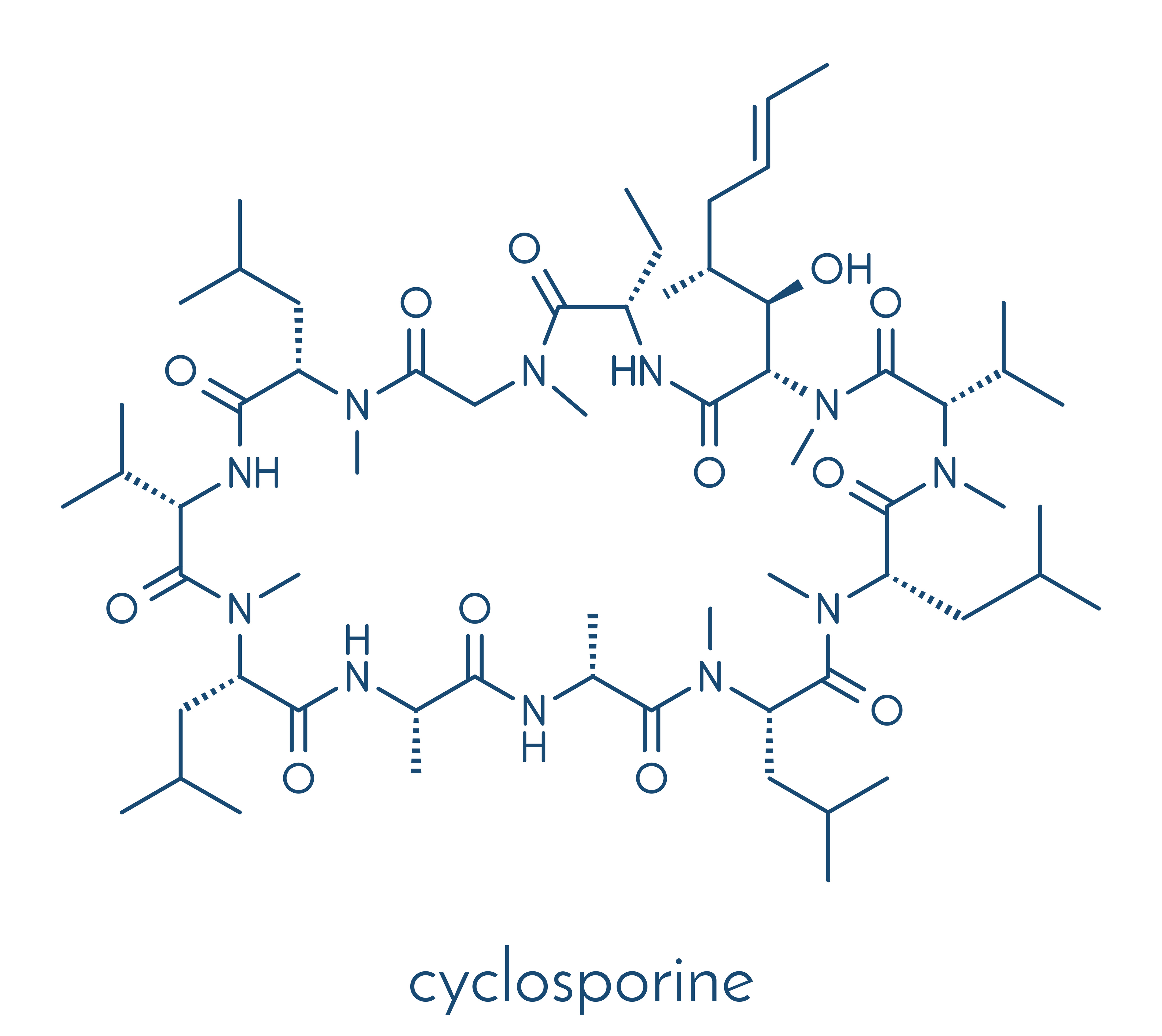
Researchers have discovered that the human tripartite motif protein 5 alpha (TRIM5α) may be a potential new therapeutic option for patients with orthopoxviruses such as mpox, according to a study recently published by Zhao et al in Nature. TRIM5α has already proven to be an effective restriction factor for RNA viruses, and in the new study, the researchers demonstrated that the protein may be capable of binding to the viruses’ capsid protein L3 to hinder replication and instigate immunity. The researchers noted that in response, the viruses induce proteasome-dependent degradation of TRIM5 by binding the protein C6 to TRIM5 through the RING finger domain. The viruses then antagonize TRIM5α by recruiting cyclophilin A, an interaction that is blocked by cyclosporine A and the nonimmunosuppressive derivatives alisporivir and NIM811. Because cyclosporine A, alisporivir, and NIM811 all target cyclophilin A, the researchers noted that drug resistance is limited. They hope their new findings encourage the examination of cyclosporine A as a derivative against mpox.